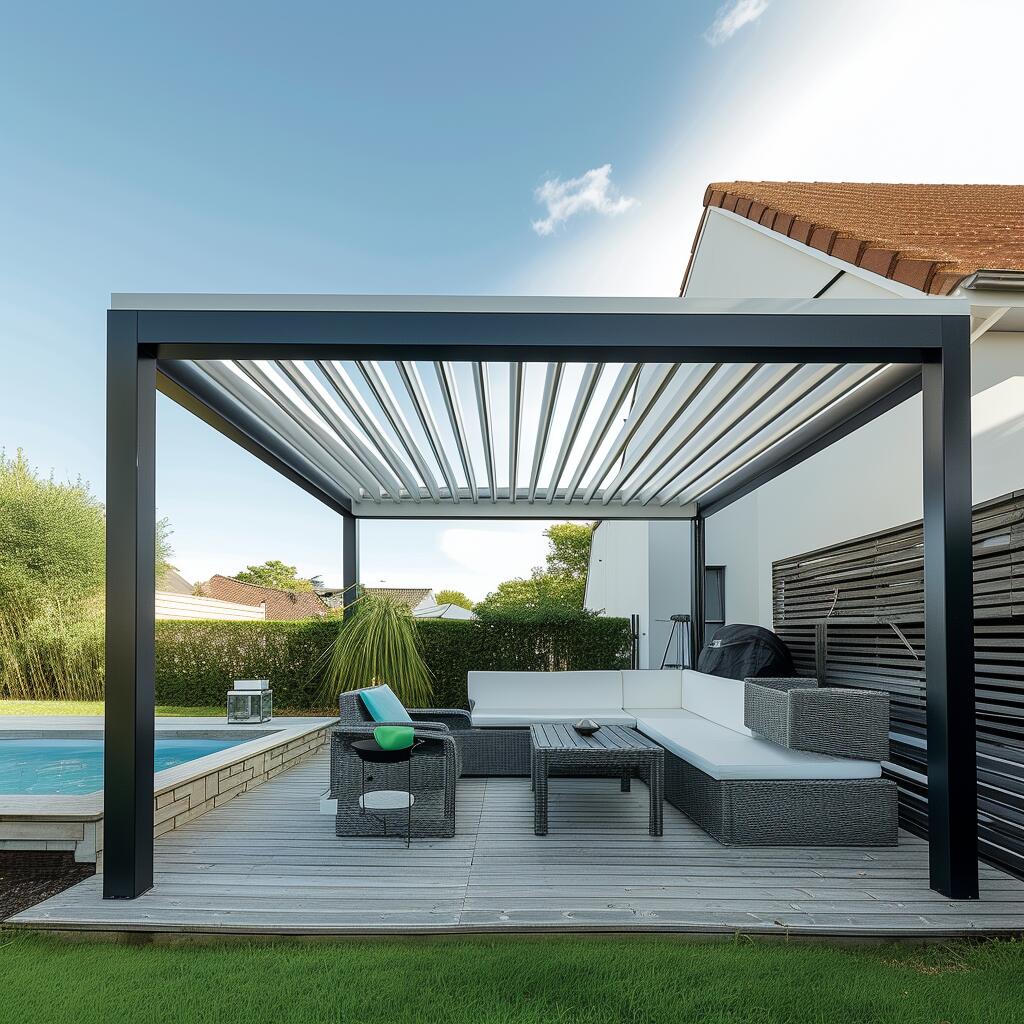The Pavilion Weaver of São Paulo
The Pavilion Weaver of São Paulo
In the heart of São Paulo’s Ibirapuera Park, where the hum of cicadas mingled with the distant laughter of children, Li Ming adjusted his weathered hard hat and squinted at the blueprints spread across a makeshift table of sawn bamboo. The Brazilian sun beat down relentlessly, but the 42-year-old Chinese engineer barely noticed. His focus was fixed on the skeletal frame of a pavilhão rising beside him—a structure that would soon marry the soul of Suzhou’s classical gardens with the vibrant pulse of Brazil’s largest metropolis.
Li Ming had never imagined his career would lead him here. A specialist in tingtai architecture (the art of Chinese pavilions), he’d spent decades restoring Ming-era gazebos in Jiangsu province, his hands calloused by centuries-old timber and his mind steeped in feng shui principles. Yet when the São Paulo City Council issued an international call for a “cultural bridge” pavilion to celebrate the 50th anniversary of diplomatic ties between China and Brazil, Li Ming’s firm had won the bid with a daring proposal: a pavilion that would breathe.
“Not just with vents, Ming,” his project lead had urged, “but with life.”
Now, surrounded by a crew of skeptical Brazilian carpenters and a translator named Carla who doubled as a botany enthusiast, Li Ming faced his greatest challenge. The design demanded a lattice roof of bambusa vulgaris (native to Brazil) woven into a pattern inspired by the “Double Happiness” character, yet flexible enough to sway in tropical storms. The columns, carved from recycled ironwood salvaged from deconstructed favelas, were to be inlaid with mosaic tiles sourced from local artisans in Olinda. Harmonizing these elements required more than engineering—it demanded a dialogue between two worlds.
“Senhor Li, these joints… they will not hold,” said José, the lead carpenter, tapping a bamboo splice with a calloused finger. “In Minas Gerais, we build for earthquakes, not poetry.”
Li Ming smiled. He’d anticipated this. Reaching into his toolbelt, he produced a small, intricately carved wooden model—a miniature of the pavilion, its roof tiles made of tea leaves pressed into resin. “In China, we say a structure is alive when it listens,” he explained, setting the model on the table. “See how the bamboo curves here? It’s not resistance—it’s yield.”
Carla translated, her voice softening. José frowned, then picked up the model, turning it in his hands. Slowly, a glimmer of understanding lit his eyes.
Weeks passed in a blur of trial and error. The team discovered that pre-soaking the bamboo in a solution of guaraná and lime strengthened its fibers. They learned to etch grooves into the ironwood columns for the tiles, mimicking the way rain channels through stone in Chinese rock gardens. And when a sudden hailstorm cracked three completed roof panels, Li Ming proposed a solution that stunned even Carla: they’d weave the broken shards into the mosaic, turning “imperfection” into a testament to resilience.
On inauguration day, the pavilion stood as a living hymn. Sunlight filtered through the bamboo lattice, casting dappled shadows that danced across the mosaic floor—a tapestry of Chinese dragons entwined with Brazilian toucans. Visitors paused, first in awe, then in laughter, as the structure’s gentle sway in the breeze earned it the nickname O Balançar do Céu (“The Sky’s Dance”).
At the closing ceremony, the mayor handed Li Ming a key to the city. “You’ve given us a place where saudade meets xiangsi,” she said, using the Portuguese and Mandarin words for “longing.”
Li Ming bowed, his heart full. That night, as he sat alone in the pavilion, a soft rain began to fall. The bamboo sighed, the tiles chimed, and for a moment, he could almost hear the whisper of his ancestors—and the distant, rhythmic clapping of a samba school rehearsing nearby.
He smiled. Some bridges, he realized, were built not of steel or stone, but of the spaces in between.
